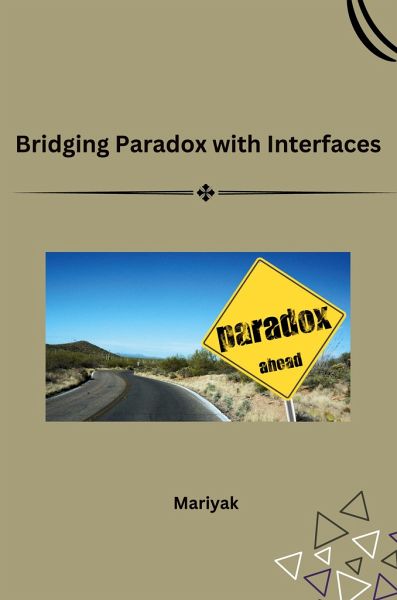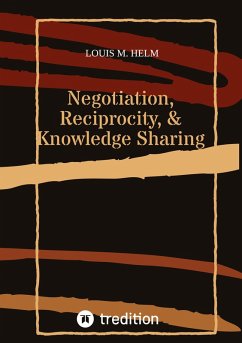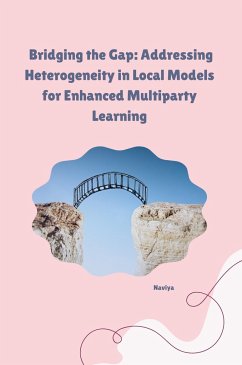
Bridging Paradox with Interfaces
Versandkostenfrei!
Versandfertig in 6-10 Tagen
26,69 €
inkl. MwSt.

PAYBACK Punkte
0 °P sammeln!
The fluid flow paradox exposes a surprising truth: fluids can resist or even aid motion. We expect objects in fluids to encounter drag, a force slowing them down. However, the paradox reveals conditions where fluids do the opposite.Imagine an object gliding through water. At specific speeds, the fluid's adjacent layers cling and pull the object, reducing drag. This "lift force" explains the graceful movement of dolphins or the design of airplane wings.Understanding this paradox has revolutionized fields like engineering. Ship hulls are designed to minimize drag, while self-cleaning surfaces ex...
The fluid flow paradox exposes a surprising truth: fluids can resist or even aid motion. We expect objects in fluids to encounter drag, a force slowing them down. However, the paradox reveals conditions where fluids do the opposite.Imagine an object gliding through water. At specific speeds, the fluid's adjacent layers cling and pull the object, reducing drag. This "lift force" explains the graceful movement of dolphins or the design of airplane wings.Understanding this paradox has revolutionized fields like engineering. Ship hulls are designed to minimize drag, while self-cleaning surfaces exploit fluid manipulation. Research continues, exploring applications in microfluidics and even blood flow within our bodies.Fluids, seemingly straightforward, harbor a complex dance of motion. Unveiling this paradox unlocks a world of possibilities, shaping our understanding of everything from vast oceans to the intricate workings of life.














